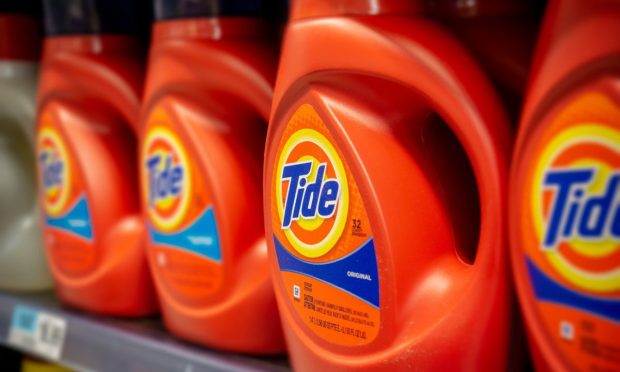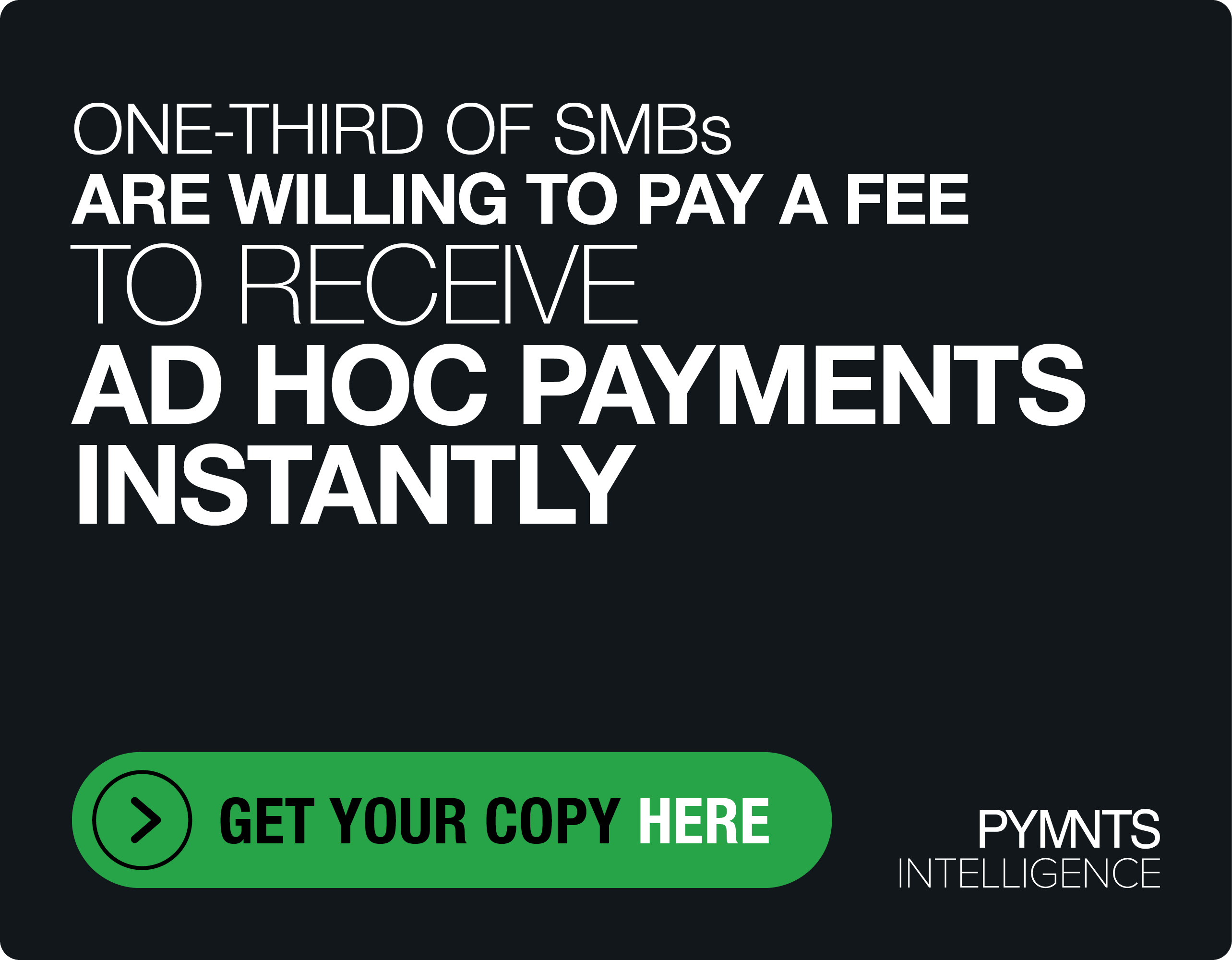Procter & Gamble’s Price Hikes Hint at Delicate Balancing Act for Consumers

“The U.S. consumer is holding well.”
That statement, made by Procter & Gamble CFO Andre Schulten during the company’s most Friday (April 21) earnings call, has been borne out by 10% price hikes from the consumer goods giants that have proven to be sticky. The double-digit increases on items such as Tide notched the second straight quarter of 10% hikes.
But there’s a bit of bifurcation in the mix: In Europe, consumers have been “trading down” and embracing private label goods.
Overall sales volume was down 3% in March, outpaced by 7% volume declines in Europe.
The data, we’d posit, beg the question: The U.S. consumer is holding up well, but for how long?
The company’s supplementals show that within the beauty segment, overall, volumes were flat, while pricing was up 7%. Grooming products saw a 1% volume decline. Healthcare segment results showed 1% volume growth, and total organic sales growth at 9%. Fabrics and home care items saw 5% volume declines.
The volume declines speak to the fact that consumers are doing more with less, so to speak — stretching out what they use in the daily tasks of keeping clothes clean, keeping ourselves clean, too. And it may also speak to some triaging of the household budget — a family might buy fewer items of a favored, brand name good, and use the savings to buy something comparable, though private label. Call it a form of mixing and matching consumers goods to get the job done.
Price increases are, of course, strategic moves by businesses in the face of inflation, where they have to offset their own, higher input costs. And, indeed, P&G’s gross margins improved by 1.5%.
A Tough Balancing Act
But the balancing act is clearly in evidence: Last week’s CPI report shows that inflation has been moderating, though the price hikes that firms like P&G has been putting in place exceed that rate — inflation’s annual growth recently clocked in at 5%, the aforementioned price hikes are double that. Our latest report on consumer sentiment regarding inflation shows that households expect inflation to last well into 2024. As many as 74% of consumers have cut back on nonessential retail purchases, while 70% of grocery shoppers and 67% of retail customers expect significant price increases in the next 12 months. Given the shelf space that consumer goods such as those on offer from P&G take up in those establishments (and online), a continued pullback would hit volumes even more — especially if consumers “trade down” to competitors.
Europe may be a harbinger to what happens next. “The European consumer is trading into private label,” CFO Schulten said during the call. “We see the price differential between private label and branded competitors increasing, as private label is delaying price increases. The consumer continues to be under pressure there. So that’s going to be a continued headwind, I think, from the volume side.”

